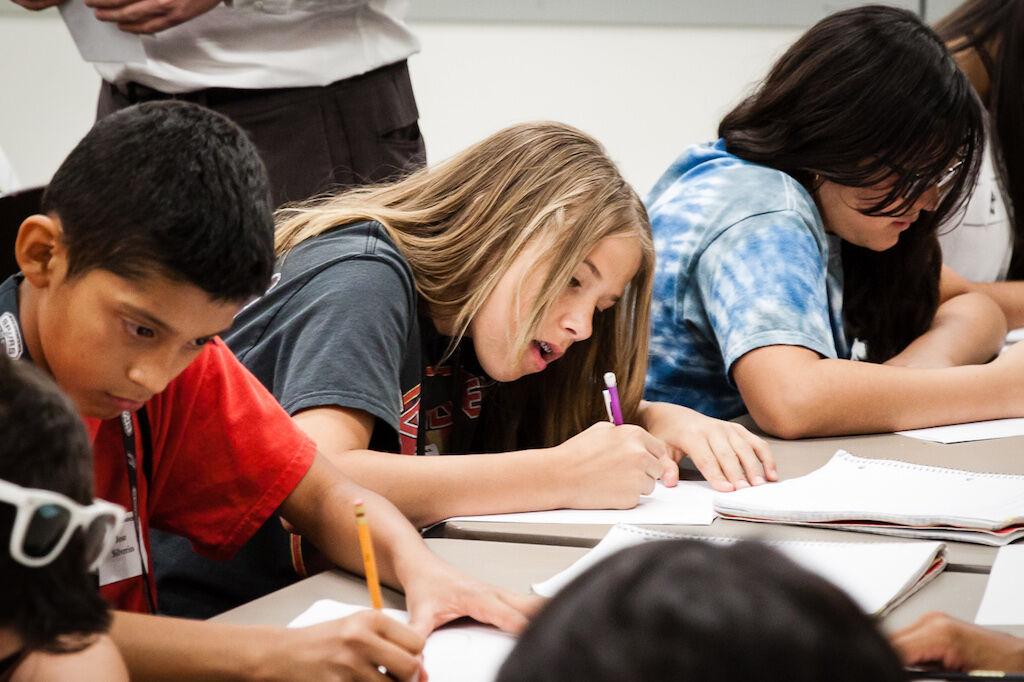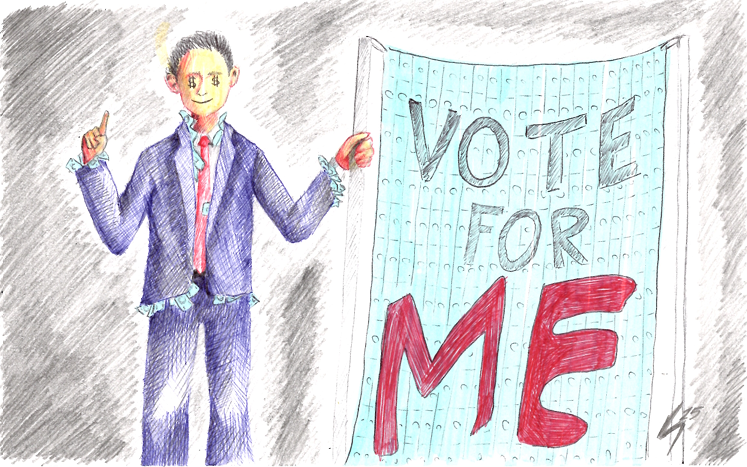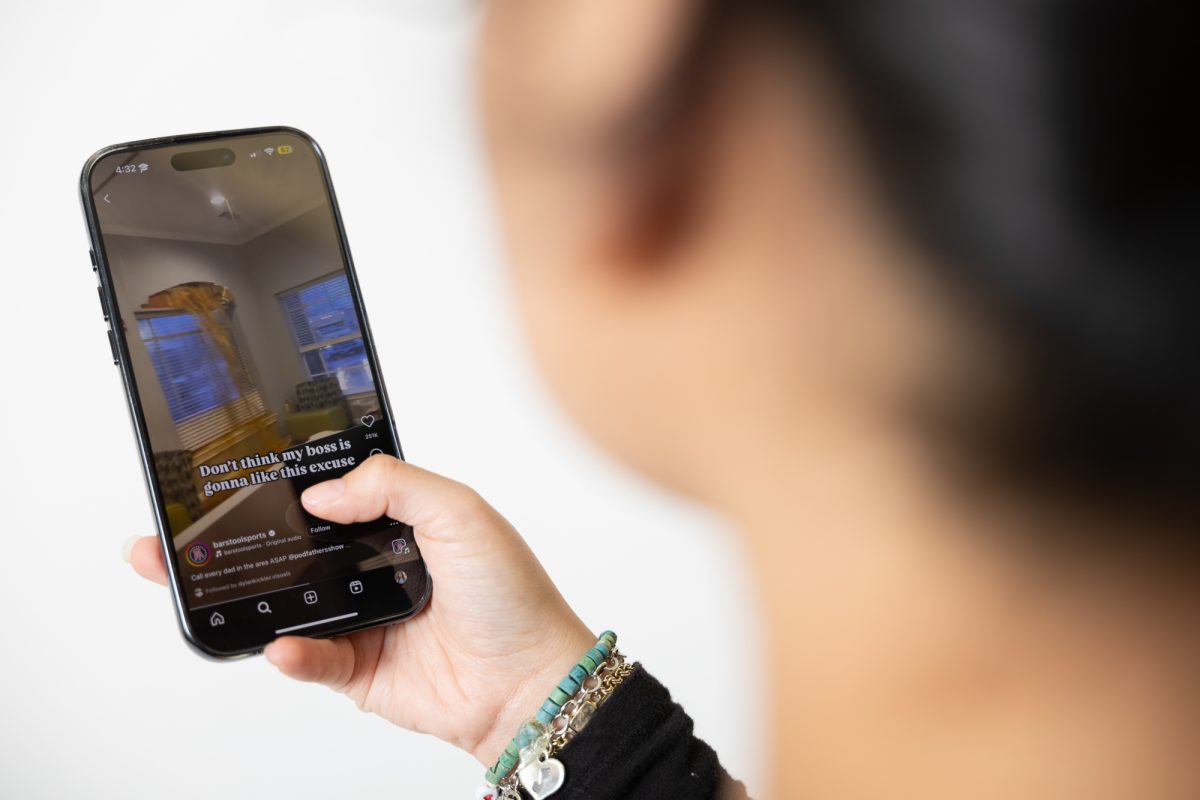When you think back to your defining high school days, I’m willing to bet your SATs don’t come to mind.
Having a balding teacher with sweaty underarms repeatedly remark, “Please bubble in your answers completely and erase any stray marks,” doesn’t exactly compare to perhaps your first kiss or getting your driver’s license.
This then begs the question, why is there so much emphasis on a test that doesn’t begin to capture the lessons high school students learn both in and out of the classroom?
Of course, the number one priority for thousands of university admissions offices around the country is getting to know the student behind the application in hopes of eventually determining if they’d be a good fit at their institution.
We’re all familiar with the usual metrics of how they attempt to do this — as if there were a universal way to determine the significance of one’s high school accomplishments. The higher a student’s GPA, the more extracurriculars they are involved in and the more volunteer hours they record significantly improve their chances of getting accepted into a university of their choice.
At a larger school like Texas A&M, which receives tens of thousands of applications every spring, it can be difficult to weed out students with nearly identical GPAs and similar volunteer work. The archaic and outdated solution to this is of course standardized testing.
There are a few flaws with using these test results as a shortcut. For one, if you’re a bad test taker and allow anxiety to affect your mental clarity or confidence, it is not uncommon to have a lousy performance … or multiple.
This is even after giving the benefit of the doubt to these tests and ignorantly believing that year after year, the regular people behind the creation of these test questions are somehow able to miraculously measure the various academic strengths and weaknesses of every high school student within four hours of opening a single test booklet.
If we have technology capable of sending people to the moon and being able to speak face-to-face with someone anywhere in the world via our handheld phones, why are we still measuring a student’s potential with the education system’s equivalent of Stone Age tools?
For reference, I currently have a 3.9 GPA and recorded all A’s throughout high school. My SAT score was 1140. See the dilemma?
“But how else do large schools determine who is fit to attend? They have to mark a line in the sand somewhere!” I completely agree so let’s create a hypothetical solution A&M could employ.
If we’re going to brag about making more than 70,000 people feel at home, then we should easily be able to individually screen a few thousand students over the span of spring and summer months. How so?
Get the alumni association to nominate hundreds of qualified former students. Following some minor training and securing credentials, let these Old Ags then interview applicants. Based on what they find, through a multi-layered screening process, they then write personalized assessments on these potential new students and choose to either refer or defer a student to a review council for admission consideration.
Needless to say, this is only one possible solution and would only be necessary for the fraction of applicants it was too close to call. It’s not perfect, but it still beats the hell out of a method that’s close to being a century old. Would now be a bad time to mention the SATs just got busted for selling student’s data?
Thankfully, it appears that admissions offices around the country are starting to realize the areas in which standardized testing falls short and are no longer requiring applicants to submit these test scores.
Just put yourself back in your adolescent shoes and ask yourself if it were down to you and another candidate with a similar resume, which option would you prefer? A chance to showcase your personality to a former student of the institution you were interested in attending or having a scantron speak on your behalf?
I provided a sample SAT question in case you were unsure.
If x – 2y = – 4 and 3x + y = 9, what is the value of x + y?
A) 3
B) 5
C) 7
D) 9
Careful, one wrong answer could invalidate years of your hard work.
Benjamin Barnes is a telecommunication media studies senior and opinion columnist for The Battalion.
















